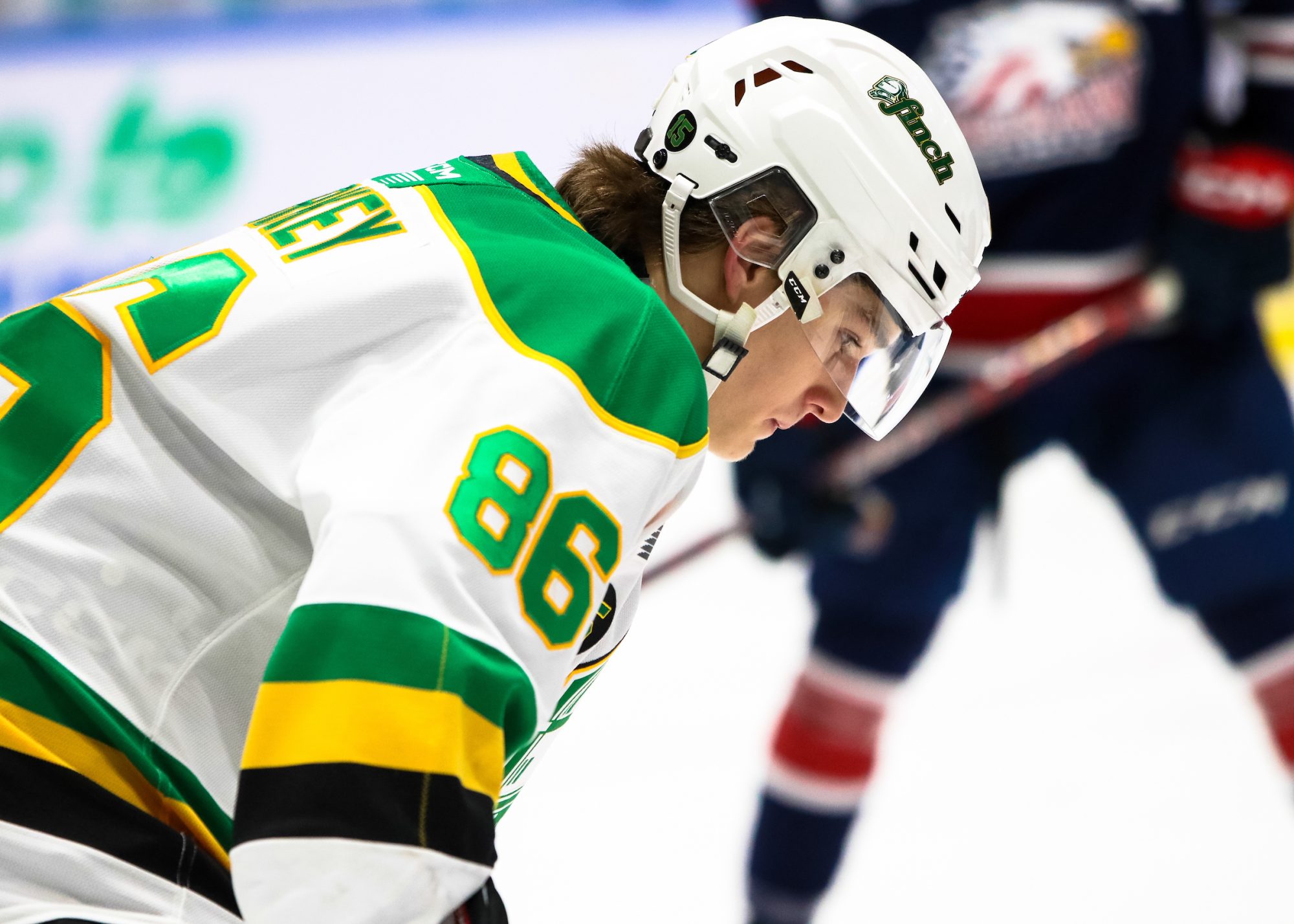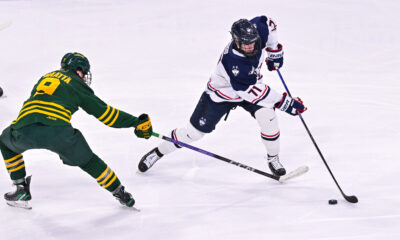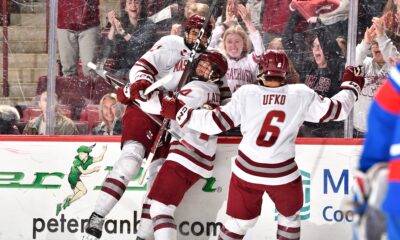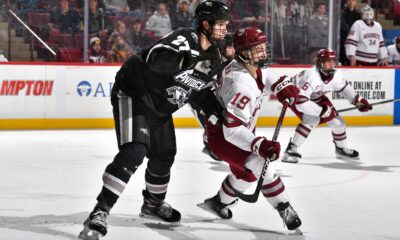On day two of the 2023 NHL Entry Draft, the Nashville Predators (as of right now) will have 11 picks to use, including selections #68, #79, and #83. History suggests they likely won’t find a star player in those three picks, but there’s plenty of opportunity to find good depth for the prospect pipeline.
Nashville’s 1st-Round Draft Board
Nashville’s 2nd-Round Draft Board
Below is a look at six players Nashville could be looking at for those three selections with a breakdown of what kind of game they would bring to the organization.
Alex Ciernik (W) | Södertälje SK J20 (J20 Nationell) | 5’10”, 179 lbs. | PBR Rank: 38th
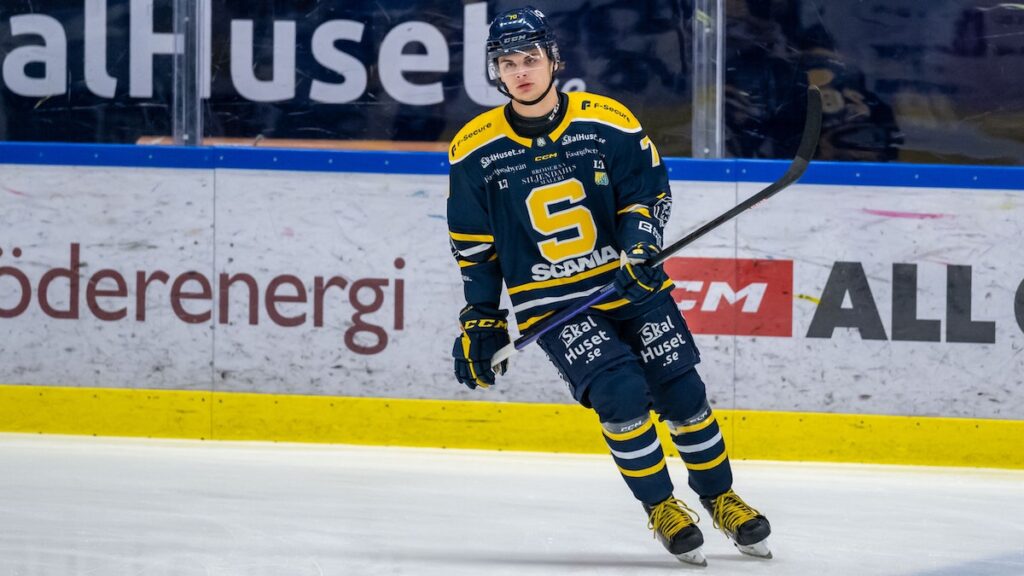
| Season | Team | League | GP | G | A | PTS |
| 2022-23 | Södertälje SK J20 | J20 Nationell | 18 | 9 | 12 | 21 |
| 2022-23 | Södertälje SK | HockeyAllsvenskan | 15 | 1 | 5 | 6 |
| 2022-23 | Västerviks IK | HockeyAllsvenskan | 10 | 2 | 4 | 6 |
If you take a look at my ranking for Alex Ciernik above relative to the round we’re talking about, you might be a bit perplexed. But NHL GMs seem a bit lower on the Slovak winger than I do. Playing in Sweden for the past several years, Ciernik has been a bit of a force at the U20 level. He posted 47 points in 43 games last year and added 21 more in 18 games this year, capping his season off with a 25-game appearance in Sweden’s second-tier Allsvenskan and three points in five games for Slovakia at the World Junior Championship (WJC).
Ciernik is a lanky winger who could combine a lot of skills into a well-rounded form as he fills out his frame. He doesn’t have world-beating speed, but his skating mechanics are extremely good and that equates to great pace and the ability to win a good number of footraces. On the forecheck, Ciernik is versatile; he’s tenacious without being overly physical and relies heavily on crafty stick checks to disrupt opponents and force turnovers. Despite his size, he doesn’t often get pushed off pucks, but he won’t dominate corner battles either.
Ciernik’s puck skills are impressive. He can handle the puck at speed in transition and uses his skating to evade defenders through the neutral zone. As with many prospects, his puck handling under tighter pressure could improve, but it’s generally a skill. The real downside to his game right now, outside of his size, is his offensive decision-making. It’s just a little too careless for his level of skill, and I’d like to see him scan the ice more efficiently to avoid costly giveaways or transition plays that die along the wall. All in all, if Barry Trotz can snag Ciernik in round three, it could be a major coup.
Luca Cagnoni (D) | Portland Winterhawks (WHL) | 5’9″, 183 lbs. | PBR Rank: 44th
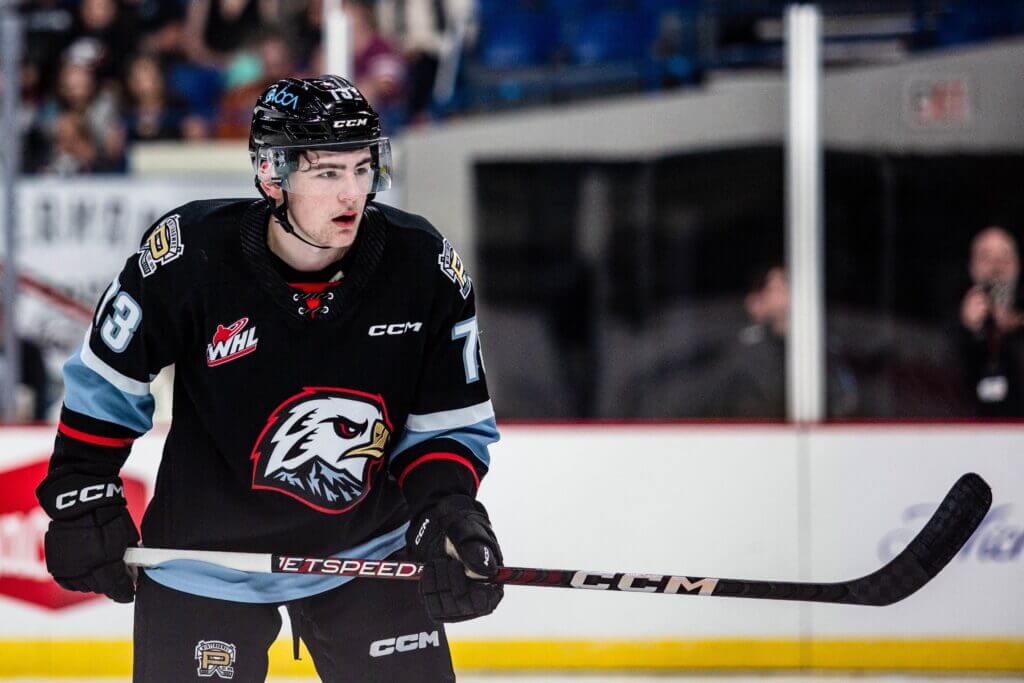
| Season | Team | League | GP | G | A | PTS |
| 2021-22 | Portland Winterhawks | WHL | 63 | 9 | 27 | 36 |
| 2022-23 | Portland Winterhawks | WHL | 67 | 17 | 47 | 64 |
Based on Bob McKenzie’s final draft ranking, much of the league being dead wrong about Luca Cagnoni may become a reality. His 78th overall ranking there is a bit jaw-dropping to me, but if you’re going purely off his 5’9″ height, maybe you can understand it. The problem is, there’s so much more to Cagnoni’s story than that.
Undrafted in the WHL, the diminutive defender has worked his way up to being the Portland Winterhawks’ best blueliner over the past couple of seasons. After debuting with nine goals and 36 points in 63 games last year, he increased his output to 17 goals and 64 points in 67 games this season—good for fourth among U19 defenders in the WHL this season.
Cagnoni’s an effective, above-average skater, who plays with good edgework and agility. Offensively, he loves to carve up the zone with the puck on his stick. He can map out the ice very well but needs to execute his offensive-zone passes better and problem-solve before stickhandling his way into sticky areas. In transition, I’d like to see more intentionality from Cagnoni. He gets out of his defensive zone well and makes a good first pass, but again, needs to problem-solve a bit quicker.
Defensively, Cagnoni’s footwork gives him good positioning against most zone entries. But he could expand his coverage by using his stick more effectively when closing gaps. With more muscle, he will be more successful in pinning opponents to the perimeter of the zone too. Cagnoni’s a high-ceiling defender and may be an ideal choice in this trio of picks.
Roman Kantserov (F) | Stalnye Lisy Magnitogorsk (MHL) | 5’9″, 176 lbs. | PBR Rank: 72nd

| Season | Team | League | GP | G | A | PTS |
| 2021-22 | Stalnye Lisy Magnitogorsk | MHL | 55 | 29 | 28 | 57 |
| 2022-23 | Stalnye Lisy Magnitogorsk | MHL | 45 | 27 | 27 | 54 |
| 2022-23 | Metallurg Magnitogorsk | KHL | 1 | 0 | 0 | 0 |
Roman Kantserov is one of the older first-year eligible players in this draft, making the cut but just five days. But he’s also dominated the Russian MHL the past few years, compiling 132 points in 147 games in the regular season. The 5’9″ forward starred for Magnitogorsk this year, scoring 54 points in 45 games and earning a one-game call-up to the KHL.
There’s a not-bad chance that Kantserov never plays a game of hockey in North America in his career. But he does so many little things well that I think he’s worth a pick. Over the year, he’s matured his offensive game, adding delays, punch turns, and more deceptive skating to his mostly north-south style of play. Despite his size, he fights hard to keep possession of the puck and battles the entirety of his shifts even when his dekes or transition moves falter. He doesn’t have all-world speed, but I like his skating mechanics, and he uses good pace to force defenders to respect his puck skills when entering the offensive zone.
Off the puck, Kantserov is detail-oriented, maintaining good positions in the defensive zone and establishing passing lanes for his teammates up the ice. He pesters opponents with an aggressive stick, forcing turnovers or at the very least disrupting whatever their plan A is. He still spends too much time on the perimeter, and pro-level defenders will be much more aggressive in their gap management. So, aside from improving his puck-protection skills, Kantserov will need to prove he can exploit higher-danger areas of the ice to make it.
Denver Barkey (C) | London Knights (OHL) | 5’9″, 154 lbs. | PBR Rank: 78th
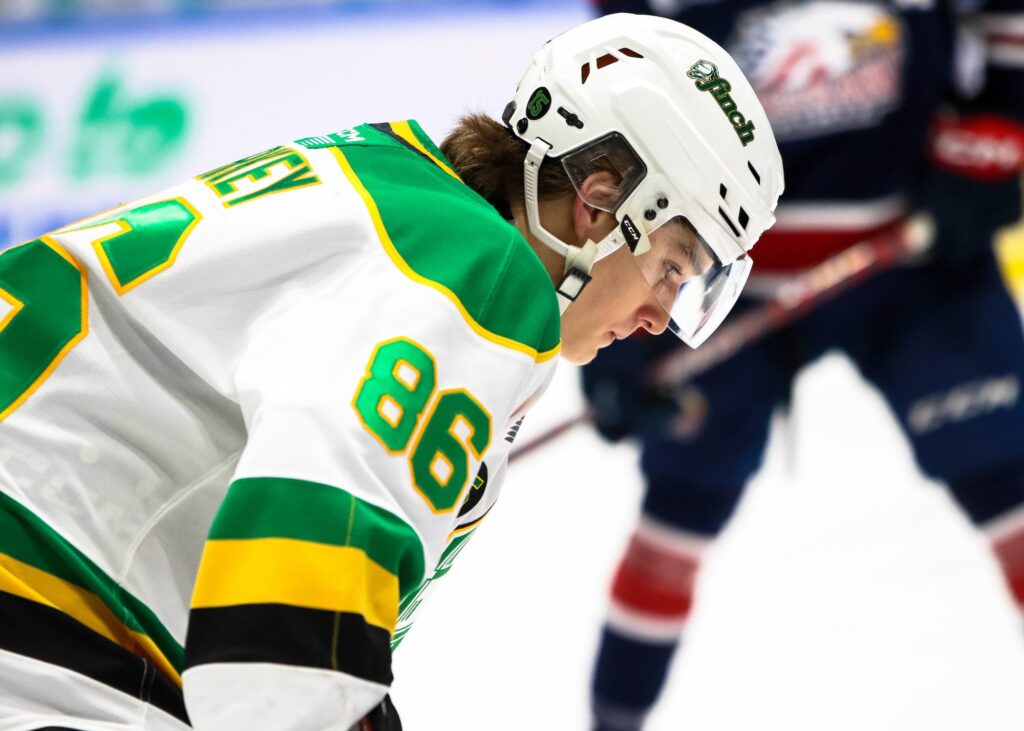
| Season | Team | League | GP | G | A | PTS |
| 2021-22 | London Knights | OHL | 53 | 7 | 8 | 15 |
| 2022-23 | London Knights | OHL | 45 | 22 | 37 | 59 |
I promise I’m not doing this intentionally, but Denver Barkey is–you guessed it–under 6’0”. But, watching him, you never really get the sense that he plays that way. After a 15-point debut in the OHL last year, Barkey total 22 goals and 59 points in 61 games for the London Knights this season. On top of that, he added 11 goals and 24 points in 20 games during the Knights’ deep playoff run.
The hallmark of Barkey’s game, to me, is his thoroughness. He’s played at center during his junior career and monitors the high-danger areas in his own end well. He reacts correctly to his defenders taking on their assignments and doesn’t frequently lose his man in and around the slot. On breakouts, he could improve his pre-scanning, ensuring he’s catalyzing his team’s transition as best he can. In the neutral zone, some flaws in his skating can hinder his abilities–notably a short stride extension. Despite that, his pace is good, and his motor doesn’t often stop.
Barkey’s puck skills are good, and regardless of some speedbumps in his skating, he’s learned to diversify his handling to take on defenders. As he adds strength, improvements in his puck-protection skills should come along too. Barkey is a good passer and can execute some creative decisions under pressure; he reads the offensive zone well and isn’t afraid to try more complex passing lanes. On the forecheck, he pressures opponents well with good angles and reverses play quickly when he can pounce on giveaways. At his size, you’re counting on Barkey’s intelligence to carry him to the NHL.
Rasmus Kumpulainen (F) | Pelicans U20 (U20 SM-sarja) | 6’2″, 196 lbs. | PBR Rank: 85th
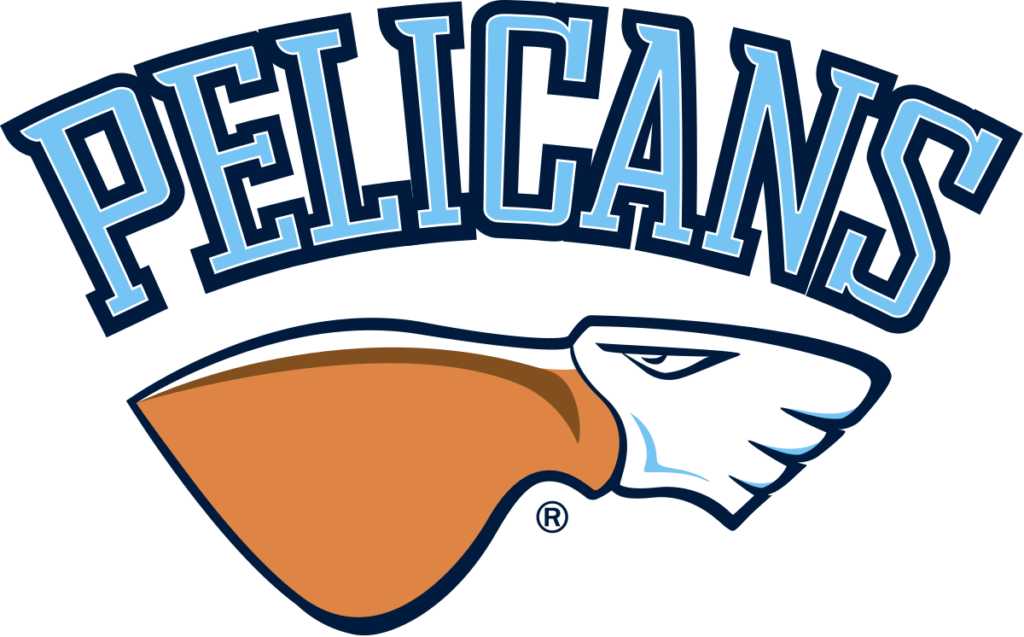
| Season | Team | League | GP | G | A | PTS |
| 2022-23 | Pelicans U20 | U20 SM-sarja | 41 | 11 | 23 | 34 |
| 2022-23 | Pelicans U18 | U18 SM-sarja | 3 | 1 | 1 | 2 |
| 2022-23 | Peliitat | Mestis | 2 | 0 | 0 | 0 |
Rasmus Kumpulainen is the type of player I’ve seen many times before: sturdy, smart, and effective but not overly creative. At 6’2” and 196 pounds, he’s got NHL-ready size that provides a good foundation to build on. In 41 games at the U20 level this year, Kumpulainen scored 11 goals and 34 points, plus he earned a two-game call-up to Finland’s Mestis. On top of that, he chipped in five points in five games at the U18 WJC.
The biggest flag in Kumpulainen’s game is his skating. His lack of knee bend and stunted stride extension limit his pace, and his posture is too upright. But we’ve seen those issues a hundred times before and seen those issues fixed plenty of times too. With enough time and space, his skating speed can get to a decent top gear. He’s relentless on the forecheck but could be even more effective with more stops and starts to his skating. He isn’t a stellar puck handler per se, but his bigger frame allows him to get away with pushing the puck through the neutral zone. To be clear, he’s not fumbling the puck every shift, he just won’t deke his way through opposing defenses. At the NHL level, his offensive-zone effectiveness will likely be as a net-front screen and bottom-six grinder.
Defensively, Kumpulainen demonstrates a lot of intelligence. He understands good positioning along the boards and at the point, and he doesn’t jump the zone on breakouts. With some skating improvements, I think he could be really effective at stripping pucks from opponents during their cycles.
Arttu Kärki (D) | Tappara U20 (U20 SM-sarja) | 6’2″, 176 lbs. | PBR Rank: 93rd
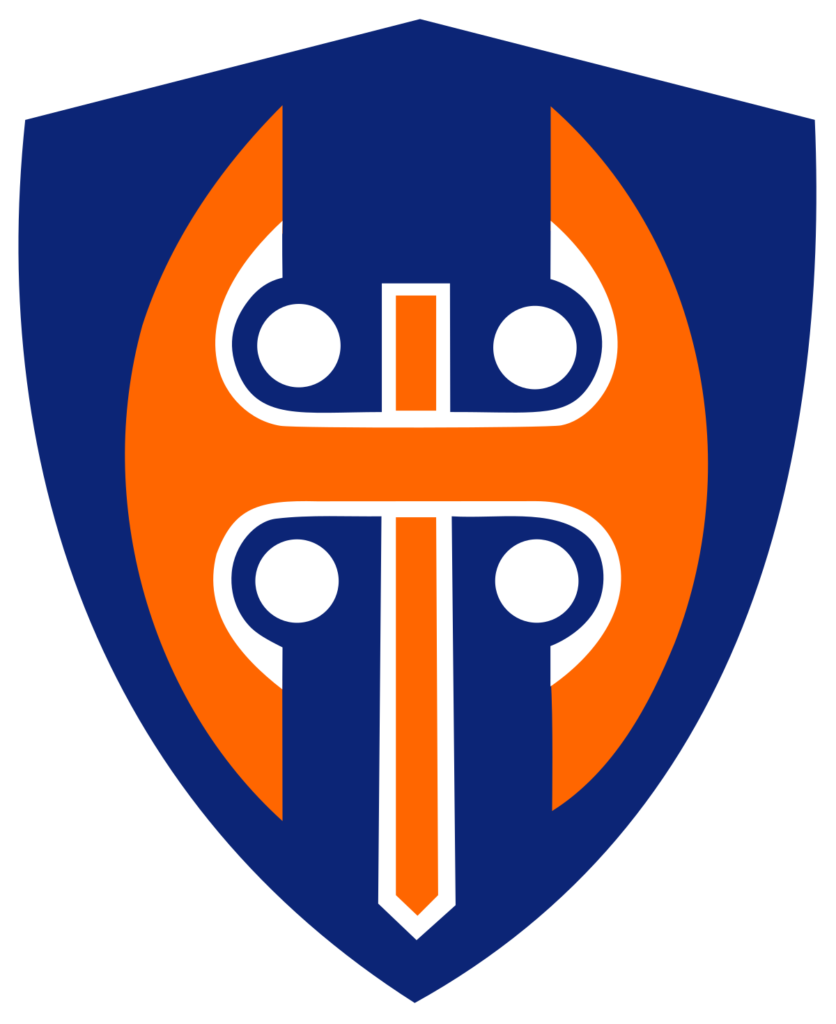
| Season | Team | League | GP | G | A | PTS |
| 2021-22 | Tappara U20 | U20 SM-sarja | 36 | 2 | 20 | 22 |
| 2021-22 | Tappara U18 | U18 SM-sarja | 11 | 5 | 11 | 16 |
| 2022-23 | Tappara U20 | U20 SM-sarja | 36 | 13 | 26 | 39 |
I got to watch a lot of Kärki’s tape this season while following Kasper Kulonummi, and I’m still not extremely confident in my projection. Tappara’s U20 squad dominated the SM-sarja this season; it was truthfully boring at times, and that presents some difficulties in scouting players. But the 6’2” Kärki scored 13 goals and 39 points in 36 games en route to a league championship; in 12 playoff games, he added seven more points.
Kärki isn’t an elite skater—likely NHL average in fact—but I appreciate the consistency in his mechanics and his agility when pivoting on defense. I think he has above-average puck skills and a good bit of elusiveness to his game. He’s confident decking around forecheckers, delaying his first pass and buying time and space for his teammates. He’s a good offensive asset who likes to join the rush and is a genuine shooting threat from the point; he finds aggressive puck-support positions to give solid passing options to his teammates.
When pressured on defensive-zone retrievals, Kärki’s puck-protection skills can break down a bit. He doesn’t always conduct a ton of shoulder checks to plan his move before engaging with opponents, which will need to improve to be successful at higher levels. And at his size, you’d like to see more physicality in corner battles in his own end. Against the rush, I didn’t always love the decisions he made, but the foundation was there: good pivot timing, perfectly fine gap management, and an active stick. I sincerely wonder if it was a quality-of-competition issue, and that’s part of why I’d be fine taking him in the 70s or 80s.
All statistics are courtesy of eliteprospects.com.

